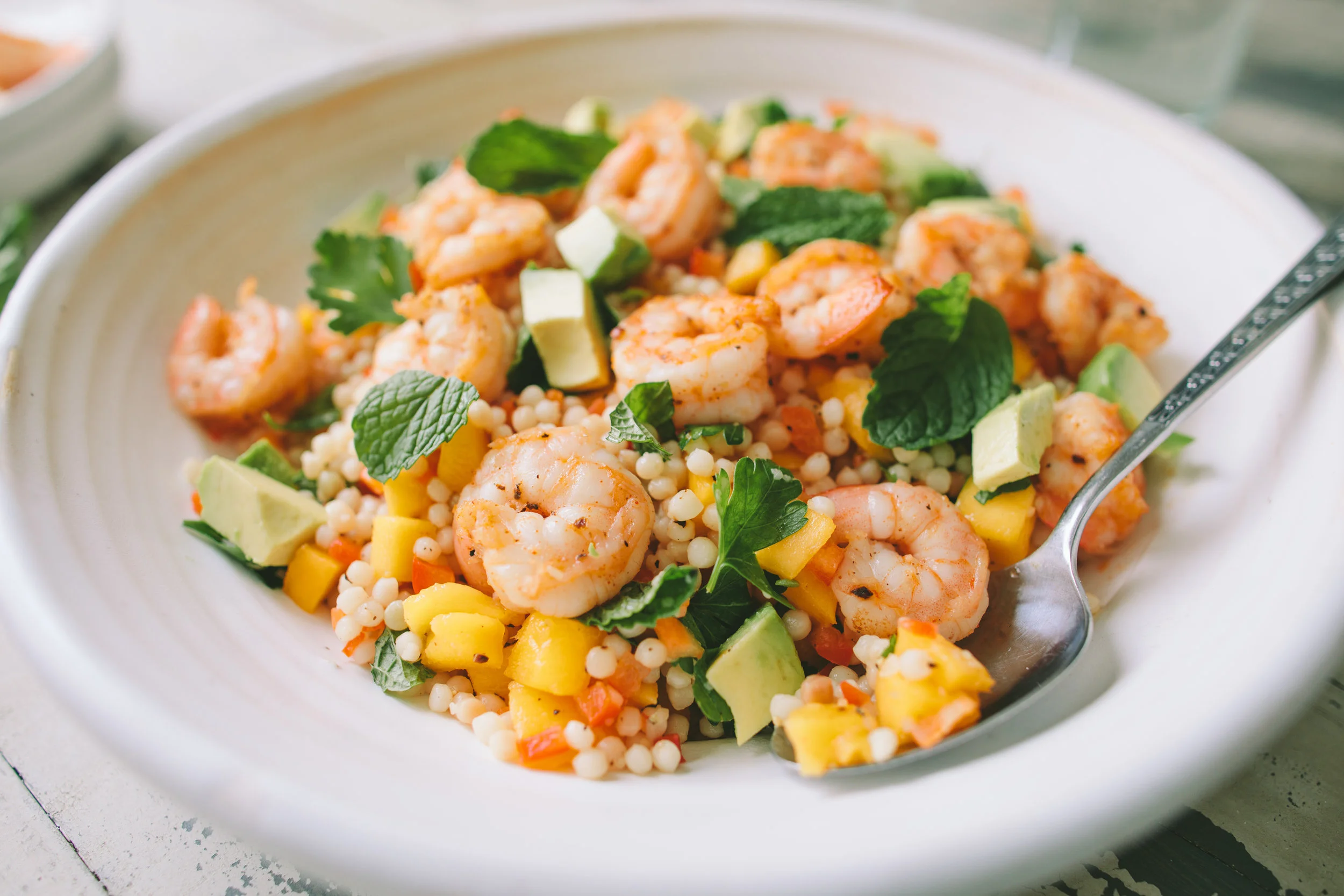This post is sponsored through the Have an Olive Day campaign featuring olives from Spain. Thank you for supporting these partnerships. All thoughts and opinions expressed here are my own.
My first taste of a Spanish tortilla was during our trip to in Madrid last fall. Not a bad way to be introduced to a dish, right? We tried quite a few during our five-day stay. Most were traditional: potatoes, onion, egg. Sometimes the egg was a bit runnier (like a custard) and other times it was firmer. The best one was speckled with salt cod (obviously it made an impact if I'm still thinking about it). As we dug into each of these, I kept thinking about ways I could replicate it at home. When we returned, I quickly got to work on a pan and was more than satisfied with the results (which is good because we had to consume it for quite a few days). After that initial success, I played around a bit, swapping the regular potatoes for sweet. This quickly became a favorite side of the fall.
I had plans to put something together months ago and share it with everyone, but I never got around to it. When I was asked to make something for the Have an Olive Day campaign utilizing Spanish olives, I knew it was finally time to put together a tortilla. Here I've incorporated Queen olives, a large green varietal. It has everything I love in an olive: a bit briny at the front but with a smooth, creamy finish. But that's not the only addition... scattered throughout are sautéed shiitakes and a hearty amount of parsley, rosemary and thyme.
OLIVE AND SHIITAKE MUSHROOM SPANISH TORTILLA
Servings: 6-8
Ingredients:
1 small yellow onion, halved and cut, lengthwise, into 1/4-inch slices
5 oz. shiitake mushrooms, stems removed and caps cut into 1/4-inch slices
1.5 pounds yellow potatoes, peeled and sliced into 1/4-inch rounds
6 extra large eggs
3/4 cup olive oil, plus 2 tablespoons
7 oz jar pitted Spanish Queen Olives, drained and quartered
1 tablespoon chopped fresh rosemary
1/4 cup chopped parsley leaves
1/4 cup whole parsley leaves
2 teaspoons chopped fresh thyme
3/4 cup thinly sliced fennel bulb
2 teaspoons lemon juice
Salt
Black pepper
Directions:
On the stove, set a cast iron skillet over medium-high heat. Add 1 tablespoon olive oil, followed by the onion and mushrooms. Reduce heat to medium-low and cook, stirring frequently, for 5 minutes. Transfer to a large mixing bowl with 3/4 of the olives.
Return the skillet to the stove and heat 3/4 cup oil over medium heat. Add potatoes and press down so they are submerged in oil. Once the oil reaches a low boil (it will start to sputter slightly), reduce heat to medium-low and cook, turning occasionally, until tender. Drain potatoes of oil using a colander, reserving two tablespoons of oil. Transfer potatoes to mixing bowl with onion and mushrooms.
In a separate mixing bowl, whisk together the eggs, 1/2 teaspoon salt, 1/4 teaspoon black pepper, the chopped parsley, thyme, and rosemary, until combined. Pour eggs over warm potato and onion mixture and gently stir together, being careful not to break up the potatoes.
Move oven rack to the second row from the top. Preheat broiler to high.
Heat the pan over medium-high heat for one minute. Add reserved 2 tablespoons oil to the pan. Pour in the egg and potato mixture, smoothing out the top with a spatula. Cook until the edges begin to crisp and then reduce the heat to medium-low. Cook for another 6 minutes, until the eggs have mostly set. Transfer pan to the oven and cook under the broiler for another 5 minutes.
While the tortilla is cooking, combine the sliced fennel, remaining chopped olive, and whole parsley leaves in a small mixing bowl. Stir in lemon juice and season with salt, to taste.
Remove tortilla from oven and let cool. Serve warm or at room temperature, topped with fennel and olive salad.











































